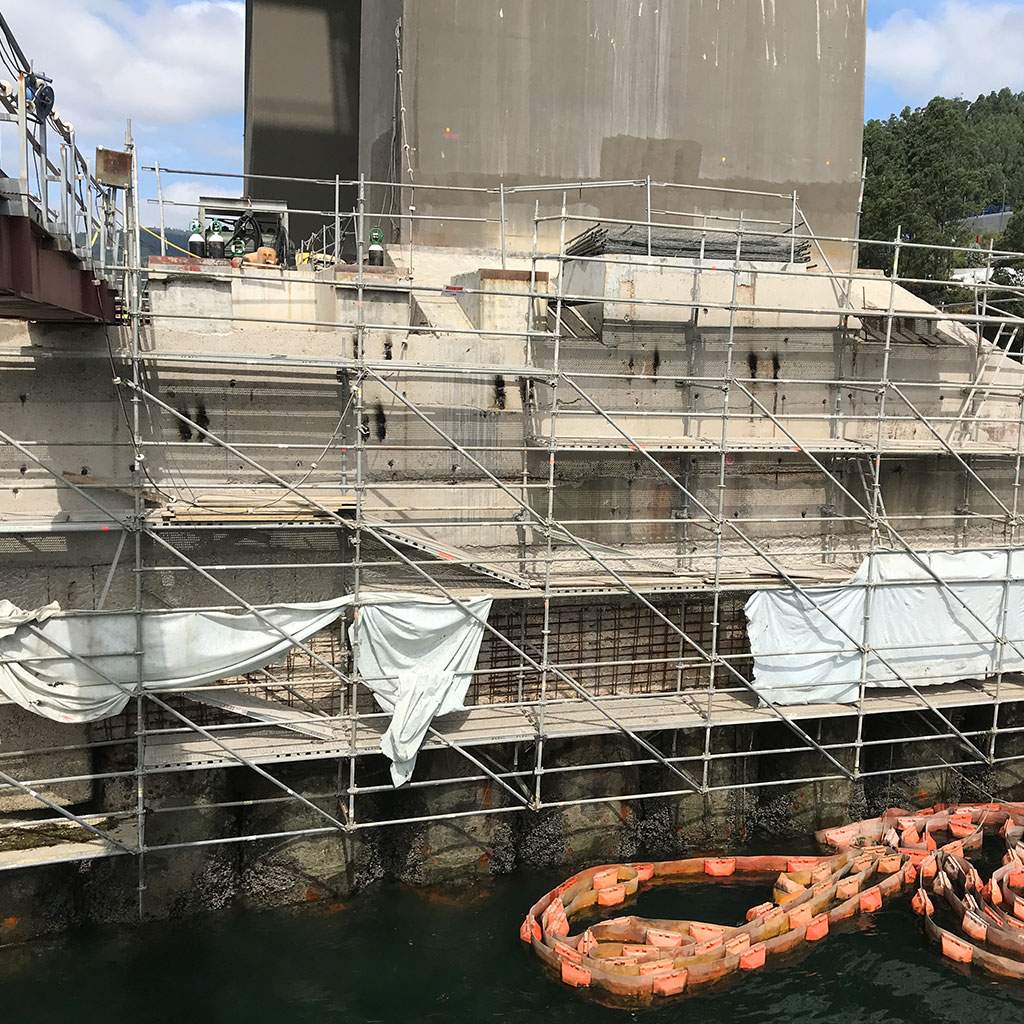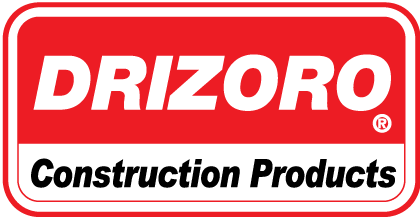DRIZORO Systems
Nowadays, the 25% of the total investment in construction is dedicated to the rehabilitation and maintenance of existing structures. percentage which rise up every year and is predicted to be equal to the new construction budget.
The rehabilitation of reinforced concrete and pre-stressed structures is a complex activity which requires of an intensive knowledge of the materials performance and the constructive procedures. The accumulated experience in the last 30 years in pathologies of concrete has overcome the initial idea of structural concrete as a lifelong material, nevertheless it is a material subject to intensive aggressive attacks. coming from weathering and chemical and mechanical exposure, requiring of maintenance operations to preserve and increase its durability.
The rehabilitation of reinforced concrete and pre-stressed structures is a complex activity which requires of an intensive knowledge of the materials performance and the constructive procedures. The accumulated experience in the last 30 years in pathologies of concrete has overcome the initial idea of structural concrete as a lifelong material, nevertheless it is a material subject to intensive aggressive attacks. coming from weathering and chemical and mechanical exposure, requiring of maintenance operations to preserve and increase its durability.


EN 1504 STANDARD
The standard EN 1504, from the Technical Committee CEN/TC 104 Concrete: Performance, production, commissioning work and conformity criteria, has 10 documents which include the procedures for Repairing and Protection of Structural Concrete. The aim of this standards is to define the products and systems used for repairing, maintaining and protection, restoration and strengthening of concrete structures, as well as the requirements for identification, performance, safety and evaluation of the conformity and the procedures of application and control of quality of themselves.
Reinforcement Treatment. EN 1504-7
Existing steel reinforcing should be treated. Thus the oxide must be eliminated and the steel rebars protected by coatings formulated with inhibitors agents of corrosion.
The MAXREST®, MAXRITE®-F, MAXRITE® 500 and MAXRITE® 700 structural repair mortars are certified for use as products for reinforcement corrosion protection.
The MAXREST®, MAXRITE®-F, MAXRITE® 500 and MAXRITE® 700 structural repair mortars are certified for use as products for reinforcement corrosion protection.
Bonding Agents. EN 1504-4
Before applying the repair mortars, it is necessary to apply a bonding agent to improve the adherence between the old concrete and the new material for repairing in order to achieve the best stress transmission.
One of the major advantages of the DRIZORO thixotropic mortars is that the usual bonding agent is made up with the same material by adding a l0% more water to obtain a fluid grout, due to the admixtures included in the formulation of the mortar which improves substantially the adherence.
Just in case of concretes with a severe pathology of chloride ingress, it is recommended to apply an epoxy bonding agent such as MAXEPOX® BOND to isolate the structural repairing mortar and the steel reinforcing from the chlorides inside the concrete.
Just in case of concretes with a severe pathology of chloride ingress, it is recommended to apply an epoxy bonding agent such as MAXEPOX® BOND to isolate the structural repairing mortar and the steel reinforcing from the chlorides inside the concrete.
Repair Mortars. EN 1504 : 3
For the repair of large areas by wet spraying methods in vertical and horizontal elements without using formworks, MAXRITE® -S, MAXRITE® -F, MAXRITE® -HT, MAXRITE® -R, and MAXRITE® 700. One component structural repair mortar with normal setting time, and composed by special cements, aggregates of s elected granulometry and modified with polymers, which give them excellent workability and high adherence on the more usual construction substrates.
Fluids mortars improves the setting up due to its high fluidity, facilitating the filling of formworks and the filling of the space between the steel rebars of the reinforcement, minimizing the vibrating operations. They have very good adherence with concrete and the steel rebars, with high initial and final mechanical strengths.
Fluids mortars improves the setting up due to its high fluidity, facilitating the filling of formworks and the filling of the space between the steel rebars of the reinforcement, minimizing the vibrating operations. They have very good adherence with concrete and the steel rebars, with high initial and final mechanical strengths.
Coatings and Impregnations. EN 1504-2
The DRIZORO protection systems accomplish with the protection principies against penetration, moisture control and improve the physical and chemical resistance established by the European standard EN 1504:2. Also increase the resistivity by limiting the moisture content. So, we can distinguish between:
1.- HYDROPHOBIC IMPREGNATION: Surface treatment as water repellent, without forming a skin which do not change the element colour and aspect.
2.- IMPREGNATION: Surface treatment which reduces the porosity, reinforcing the surface by filling totally or partially the pores and surface capillars.
3.- COATING: Treatment of the surface to produce a continuous film with a thickness between 0,1 and 5,0 mm.
1.- HYDROPHOBIC IMPREGNATION: Surface treatment as water repellent, without forming a skin which do not change the element colour and aspect.
2.- IMPREGNATION: Surface treatment which reduces the porosity, reinforcing the surface by filling totally or partially the pores and surface capillars.
3.- COATING: Treatment of the surface to produce a continuous film with a thickness between 0,1 and 5,0 mm.

